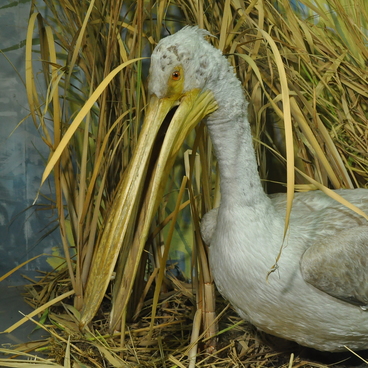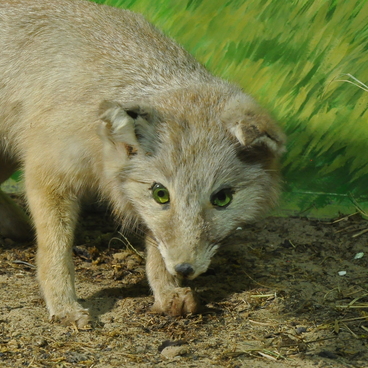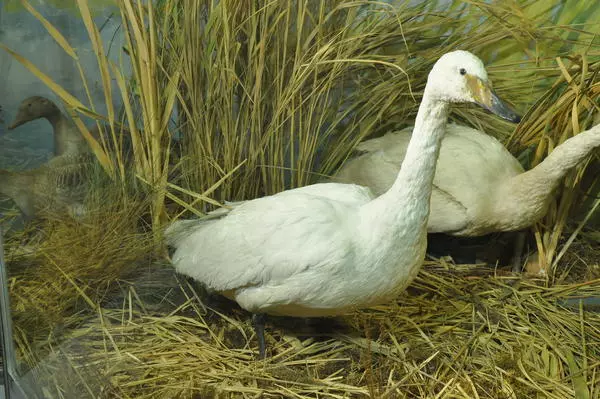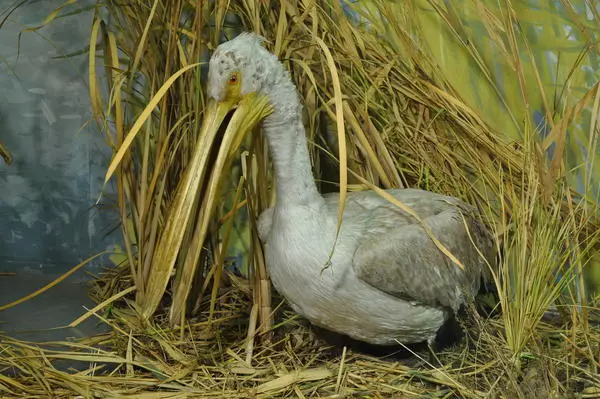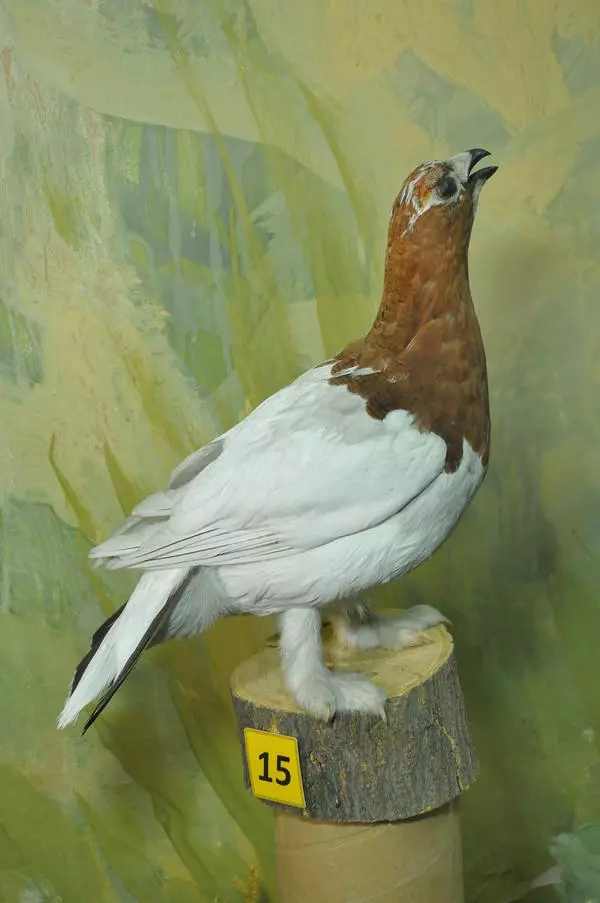The black-throated loon (Gavia arctica), otherwise known as the Arctic loon or black-throated diver, belongs to the loon (diver) family (Gaviidae). It is a large water fowl species, slightly larger than a domestic duck. Its body length averages 58—75 cm and the wingspan 110—140 cm.
Loons are found in Russia, northern Europe, and North America. They are so well adapted to water that have difficulty walking on the ground and are very seldom to be seen ashore. But they are excellent divers and can swim up to 300 m under water.
The males and females look alike: pure white breast and belly, dark upper parts. The back and upperwing of the black-throated loon have a contrasting pattern looking at a distance like big white splotches against a black background. During the mating period, the colouring changes as the neck and head grow ash-grey and the throat greenish or purple with metallic lustre.
The black-throated loon wings are narrow; in flight, it is fast but lacks manoeuvrability. When on water, it has a low sitting posture and, in case of danger, prefer to dive rather than take off. Loons can stay up to 2 minutes under water.
Loons are found in Russia, northern Europe, and North America. They are so well adapted to water that have difficulty walking on the ground and are very seldom to be seen ashore. But they are excellent divers and can swim up to 300 m under water.
The males and females look alike: pure white breast and belly, dark upper parts. The back and upperwing of the black-throated loon have a contrasting pattern looking at a distance like big white splotches against a black background. During the mating period, the colouring changes as the neck and head grow ash-grey and the throat greenish or purple with metallic lustre.
The black-throated loon wings are narrow; in flight, it is fast but lacks manoeuvrability. When on water, it has a low sitting posture and, in case of danger, prefer to dive rather than take off. Loons can stay up to 2 minutes under water.
